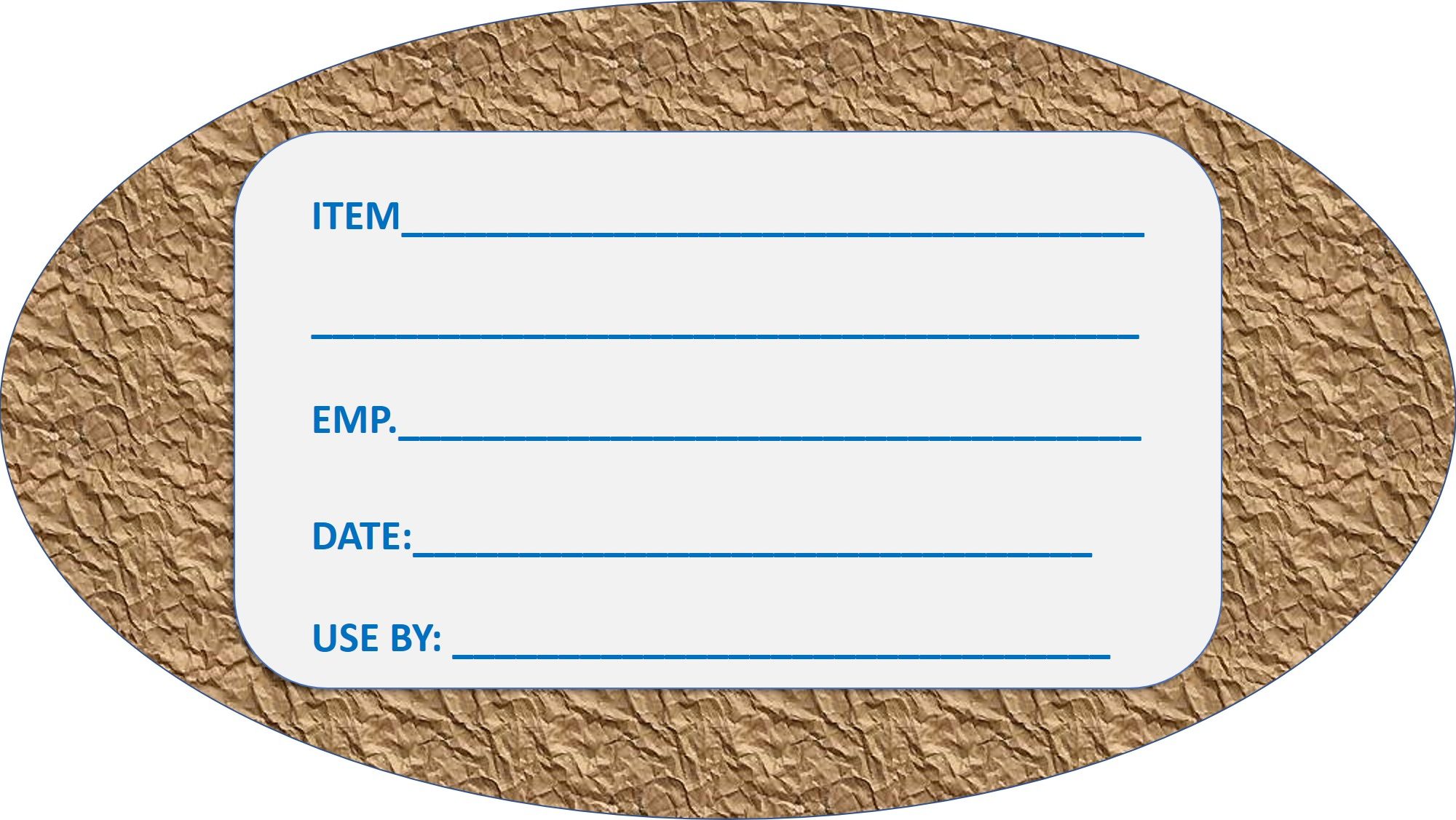The Minnesota food code states that all ready-to-eat foods must be labeled and dated. When the topic is brought up in our food safety training sessions, many students often share their strategies and how they make sure their products are properly labeled. This week, we’d like to outline the rules for date labeling product and provide a quick online food safety resource on the topic.

Tips for Food Safety Date Labels
The first thing we need to discuss is what types of foods need to be labeled. According to the Minnesota food code guidelines, food products meeting all of the following criteria must be labeled and dated:
- Ready-to-Eat Foods
- Refrigerated Product
- Prepared Food Stored for 24 Hours or More
If your product meets all three of these criteria, then they must be properly labeled with the date they were produced. When labeling your food, it’s important to note that there is a seven-day limit on refrigerated ready-to-eat foods, but that doesn’t mean that every ready-to-eat food will be safe to serve for a full seven days, so rely on your food safety training for signs your product may be unfit for consumption.
It’s important to note that the date your product gets labeled should be the date the first cooked ingredient was prepared. For example, if you have a chicken salad sandwich on your menu and you cook your chicken on a Tuesday but don’t mix it with the rest of the ingredients until Wednesday, then Tuesday’s date should be the date on your label.
The food code does a great job of specifically outlining the what and how long of labeling, but they give food managers flexibility when it comes to the how. This is where you need to take steps that will best fit the food safety training that you’ve provided your staff to define a date labeling system. Make sure that your date labeling system is consistent and easy to recognize. Here are a few examples of effective systems:
- Colored day dots
- Date and time tags
- Day of the Week Stickers
All of these systems are acceptable within the rules of the food code, but remember all employees must be able to explain the system during any routine health inspection. Our advice would be to incorporate a system that displays the exact date food was prepared rather than a simple label with the day of the week. This gives you an exact reference to know if your product is within the seven day limit rather than just using a day-of-the-week marker. Who knows? That chicken salad may have been mixed two Tuesdays ago and forgotten.
Do you have a well-defined date labeling system to protect food safety in your establishment?

